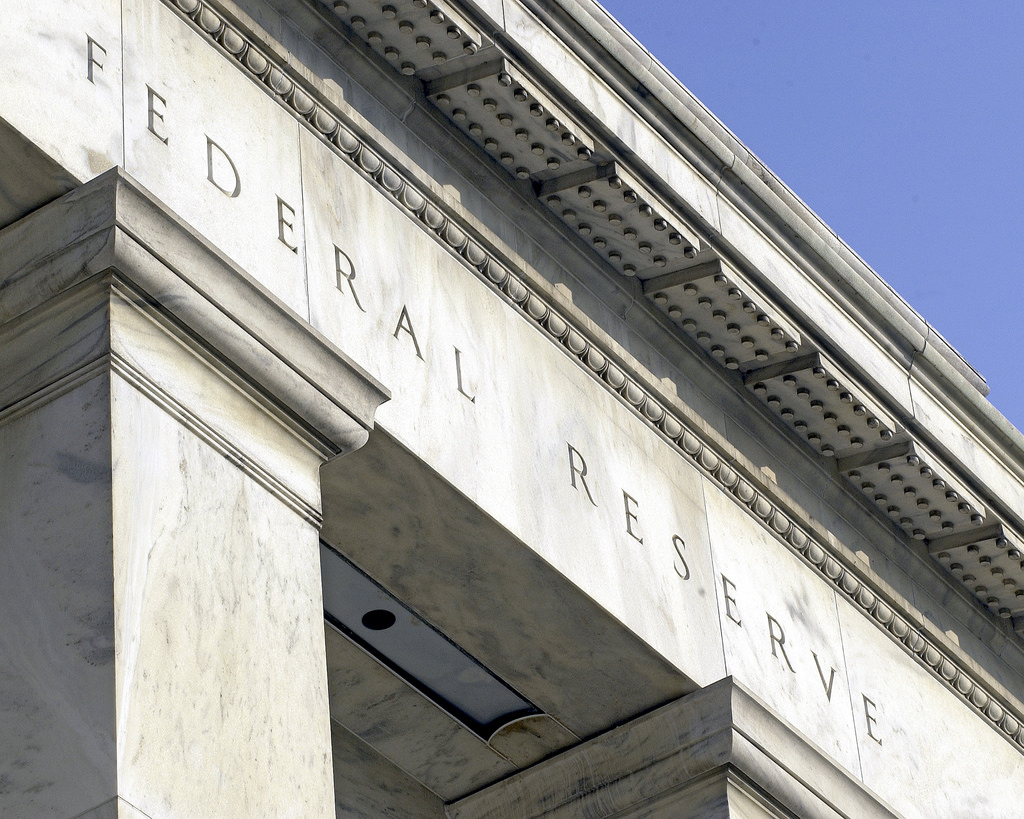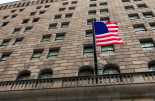MUFG: Fed sticks to dovish policy stance as COVID-19 treatment hopes rise
MUFG: Fed sticks to dovish policy stance as COVID-19 treatment hopes rise

The US dollar has continued to weaken overnight with Asian currencies displaying catch up strength after strong gains for emerging market currencies in particular yesterday.
Three of the hardest hit currencies by the COVID-19 shock, the Mexican peso, Brazilian real and South African rand have all extended their advance to around 5% since last Friday. The combination of broad-based US dollar weakness and ongoing improvement in risk sentiment is providing some relief for emerging market currencies. The latest positive catalyst for improving in risk sentiment were reports indicating that Gilead Sciences Inc’s experimental drug remdesivir could prove an effective treatment for COVID-19. An independent data safety and monitoring board, which had looked at the preliminary results of the NIAID trial, determined it had met its primary goals of reducing hospital stays. The results showed that patients who received the drug had a 31% faster time to recovery than those who got the placebo. The director of the NIAID, Anthony Fauci, described it as the “first baby step” towards what hopefully will be a number of better drugs.
At the same time, the Fed maintained a dovish stance at last night’s FOMC meeting although no new policy initiatives were announced. In the accompanying policy statement, the Fed repeated its promise to use its “full range of tools” and leave rates unchanged until the economy is “on track” to achieve their dual mandate. Chair Powell emphasized that they are prepared to act as necessary and that there are no limits to the extent of policy accommodation that the Fed can provide. The Fed also displayed more concern over the outlook for the US economy. It warned that the “ongoing public health crises…poses considerable risks to the economic outlook over the medium-term”. For now the Fed is comfortable that the current policy stance is appropriate, but will calibrate monetary policy as the outlook for the US economy becomes clearer. The Fed’s policy response has been effective so far in improving market functioning and dampening US dollar strength. The short-term hit to the US economy is becoming clearer. The release of the latest Us GDP report for Q1 revealed that the US economy contracted by an annualized rate of -4.8%. The breakdown revealed that personal consumption subtracted 5.26ppt from growth in Q1, capex subtracted -0.91ppt, and inventories -0.53ppt. It was partially offset by positive contributions from net trade, residential and government which 1.3ppt, 0.74ppt and 0.13ppt respectively. The US economy is expected to contract even more sharply in Q2 before beginning to rebound during the second half of the year when lockdown measures are eased.







